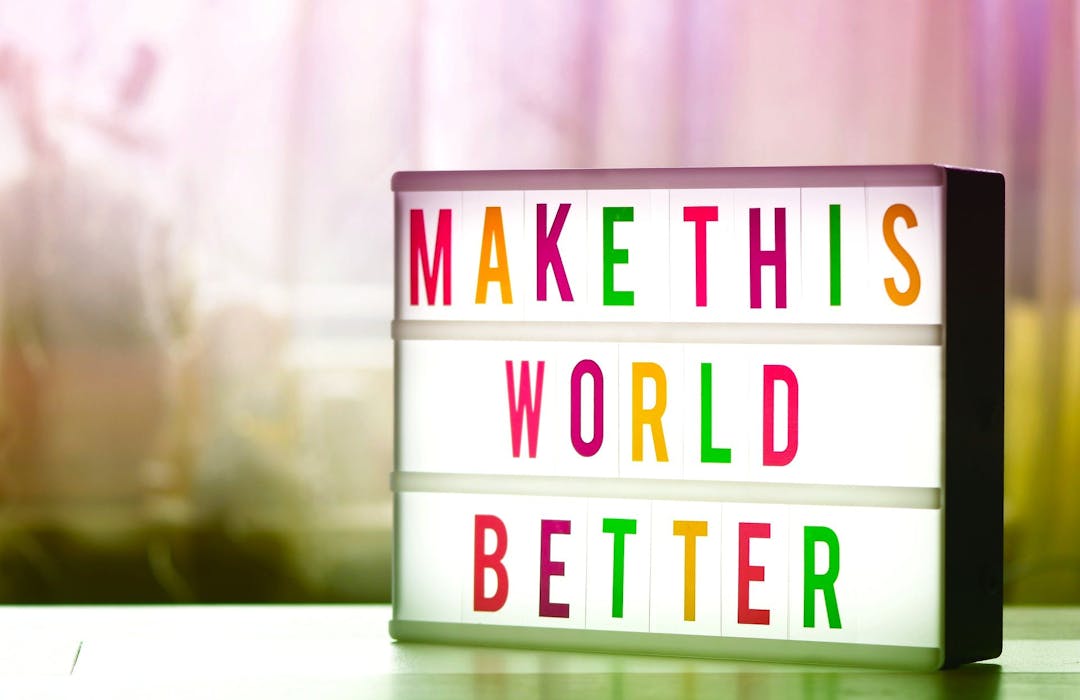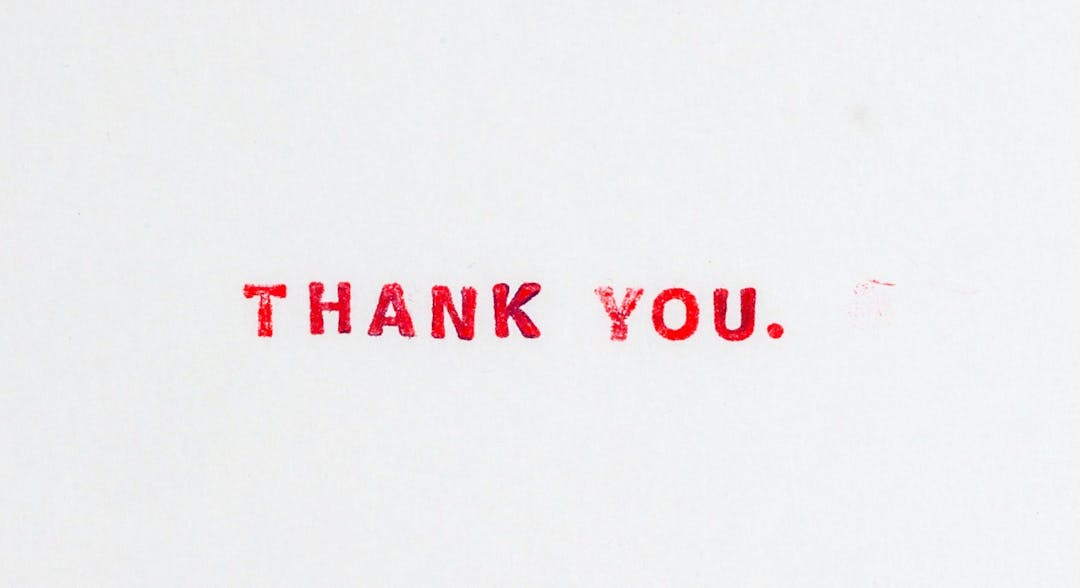How Reciprocity Can Fuel Innovation
When you think of robots, what do you picture? Probably something large and clunky, a machine only capable of stilted movements and basic preprogrammed actions. I thought so, too, until I recently came across this video:1
The frenetic pace of technological advancement is transforming society in distinct ways, faster than any of us imagined. The Japanese government, for instance, is preparing for what they call “Society 5.0”: an idealistic, data-driven society where cyberspace and physical space are merged and existing social problems are transcended through innovation.2 Although technology is central to Society 5.0, it is still a human-centric movement: individuals will play a critical role in mobilizing technology to develop solutions for human problems. Creativity, though, requires specific conditions to flourish—an emotionally safe environment, full transparency, and trust, to name just a few.
Fostering creativity in the workplace
Contrary to what some may believe, the research shows that creativity is not just an innate or special gift possessed by select individuals; everybody can be creative.3 But how can organizations and leaders boost this ability within their teams?
The tortoise and the hare, revisited
In his book Hare Brain, Tortoise Mind, Guy Claxton delves into the subject of problem-solving. Contrary to the common assumption that quick thinking, rigor, and certainty pose an advantage to creative responses, his studies on cognitive psychology demonstrate that a patient, intuitive, and sometimes apprehensive mindset often represent the very foundation of wisdom and innovation.
Additionally, he states that “The hare brain loves clarity; it wants everything to be expressed in a very simple, straightforward, clear way. Tortoise mind does not expect clarity; it does not know where the illumination is going to come from. The language of the unconscious is images. That also means a lot of times when you are being very creative you can feel very confused. You do not know where you are or where you are going. And you can tolerate that and continue to defer the decision. Because you are taking your time in tortoise mind, if you have a question, you’re much more likely to get interested in the question.”4
This idea emphasizes the importance of creating incentives for individuals to schedule contemplative blocks of time into their routines, to reflect on interactions, readings, and ideas they have been exposed to. Doing so helps develop new associations in the brain, which may lead to creativity.
However, this process depends on a conjunction of factors, several of them related to the employer itself: how much freedom they offer their employees, and the kind of relationship they have with them.
Behavioral Science, Democratized
We make 35,000 decisions each day, often in environments that aren’t conducive to making sound choices.
At TDL, we work with organizations in the public and private sectors—from new startups, to governments, to established players like the Gates Foundation—to debias decision-making and create better outcomes for everyone.
Social norms and building trust
We are all part of social groups: students enrolled in a class together, co-workers in the same department, supporters of a given soccer team, Russian literature aficionados, and so on. For each group, there are unspoken rules that represent desired behaviors. And even though there may not exist any explicit punishment for those who do not comply with them, voluntary adherence makes you part of that group.
These rules are called social norms, and they can influence people by indicating expected attitudes and behaviors in different contexts. Moreover, they “also constitute perhaps one of the most important elements of what recently has been termed ‘social capital’—the informal cooperative infrastructure of our societies.”5
One of the most powerful norms is dictated by reciprocity, meaning that “in response to friendly actions, people are frequently much nicer and much more cooperative than predicted by the self-interest model.”5 Examples are abundant and widely investigated in behavioral sciences:
- Waiters and waitresses who smile get tipped much more than ones who don’t6
- It is difficult for people to accept free samples without buying the product7
- Solicitation letters from charities are often followed with small gifts8
- Hospitals often ask former patients for donations9
- Adults readily agree when a co-worker who helped them move last month asks for some assistance with his or her own move this coming weekend10
- People typically make a point to send birthday presents to those who remembered their birthday10
It’s clear that the norm of reciprocity can have a powerful effect on our behavior. But it may still come as a surprise that reciprocity could also play an important role in boosting creativity.
Here we turn to an unorthodox method to stimulate innovation, created within the walls of Adobe.
Reciprocity as an incentive to innovation
Back in 2013, Mark Randall, then-Chief Strategist and VP of Creativity at Adobe, developed an enterprise framework to support the experimentation journey and involve employees in the company’s innovation process.
The idea was represented by a toolkit named “Kickbox.”11 The kit, which was distributed to any employee who asked for it (managers could not veto the request), came in the form of a red cardboard box that featured a picture of a fire alarm, reading “Pull in case of idea.” It contained:
- Instruction cards;
- A pen;
- A timer;
- Two sets of Post-it notes;
- Two notebooks;
- A Starbucks gift card;
- A bar of chocolate; and
- A US$ 1,000 prepaid card.
Yes, you read it right: $1,000 that employees could spend on whatever they wanted to develop their project. No expense reports, no justification required.
Creativity is built on trust
Adobe describes the Kickbox as an initiative “designed to increase innovator effectiveness, accelerate innovation velocity, and measurably improve innovation outcomes.”11 Its instruction manual guides employees from the ideation stage all the way through testing sessions, encouraging them to beat all 6 levels of the exercise and come up with something that could be readily launched.
At the heart of this clever strategy: trust. By offering everyone the opportunity to engage in and design the future of the business, Adobe executives demonstrate a high level of trust in people’s engagement and commitment to their experimentation.
From a behavioral perspective, it creates the perfect scenario for reciprocity, where collaborators find themselves “in debt” to the organization, while still feeling comfortable enough to explore unorthodox ways to solve problems or create products and services. It is also a process where employees are expected to take initiative without needing any prior management approval.12
The whole idea for Kickbox came from Randall’s desire to mix Silicon Valley-style iterations with more tangible and scalable processes and incorporate both into Adobe’s innovation programs. It offered an alternative to a problem many other companies faced: the fact that most ideas are left unspoken because convincing management represents a huge source of friction for employees.13 Furthermore, it transformed the innovation budget by splitting resources into hundreds of “little bets,” instead of just a few (therefore riskier) big ones.
Conclusion
Because the Kickbox method is open source and available for any company to emulate,5 I wanted to highlight the potential of relationships that are founded on reciprocity. As business leaders, we must develop an environment where people not only trust their colleagues at different organizational levels, but feel psychologically safe to take risks. If we can achieve this, many unique and valuable proposals might be unboxed, too.
References
- Boston Dynamics. (2020, December). Do you love me? [Video]. Retrieved from: https://www.youtube.com/watch?v=fn3KWM1kuAw&ab_channel=BostonDynamics
- Hitachi-UTokyo Laboratory. (2020). Society 5.0: A people-centric super-smart society, 1st edition. Springer. Free Kindle book: https://www.amazon.com.br/Society-5-0-People-centric-Super-smart-English-ebook/dp/B089FT2753
- Grant, A. (2017). Originals: how non-conformists move the world. Penguin Books.
- Claxton, Guy. (1999). Hare brain, tortoise mind: how intelligence increases when you think less. Ecco Press.
- Fehr, E., & Gächter, S. (2000). Fairness and retaliation: The Economics of reciprocity. Journal of Economic Perspectives Vol. 14, No. 3 (Summer, 2000), pp. 159-181.
- Tidd, K.L., & Lockard, J.S. Monetary significance of the affiliative smile: a case for reciprocal altruism. Bull. Psychon. Soc. 11, 344–346 (1978). https://doi.org/10.3758/BF03336849
- Cialdini, R. (1993). Influence – the psychology of persuasion. New York: Quill William Morrow.
- Falk, A. (2007). Gift exchange in the field. Econometrica, 75, 1501-1511.
- Chuan, A., Kessler, J. B., & Milkman, K. L. (2018). Field study of charitable giving reveals that reciprocity decays over time. Proceedings of the National Academy of Sciences, 115(8), 1766-1771.
- Gouldner, A. (1960). The norm of reciprocity: a preliminary statement. American Sociological Review, 25, 161-178. doi:10.2307/2092623.
- Kickbox Foundation. (2015, open source). Kickbox, the method. Retrieved from: https://www.kickbox.org
- Armstrong, P. (2017). Disruptive technologies: understand, evaluate, respond. Kogan Page.
- Burkus, D. (2013). The myths of creativity: the truth about how innovative companies and people generate great ideas. California: Jossey-Bass.
About the Author
Tiago Rodrigo
Tiago is a Behavioral Economist and Managing Partner at Arquitetura RH. He has a background in complex and multicultural IT projects, and uses Design Sprints to bring together innovation and behavioral design. In Brazil, he co-leads a lab in São Paulo, where he organizes discussions and implements nudges to help organizations improve choice architecture in digital products, financial awareness among young professionals, and security in industrial contexts.





